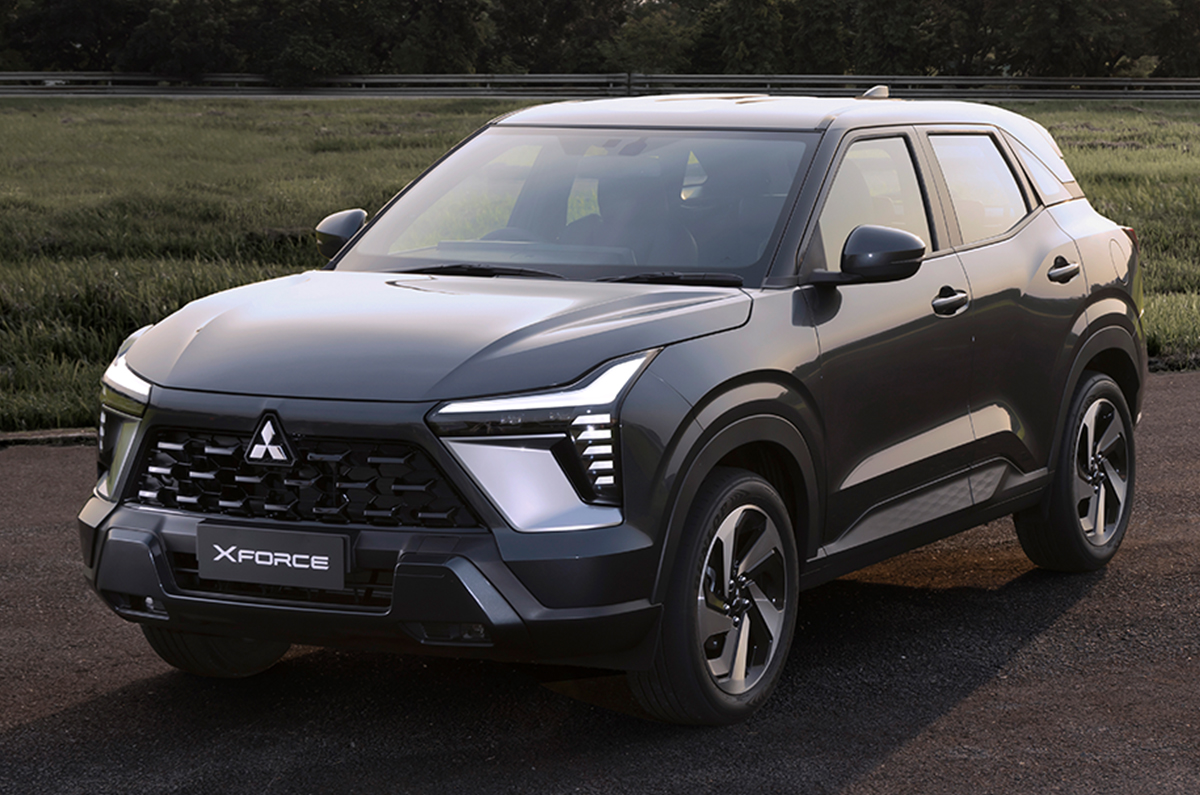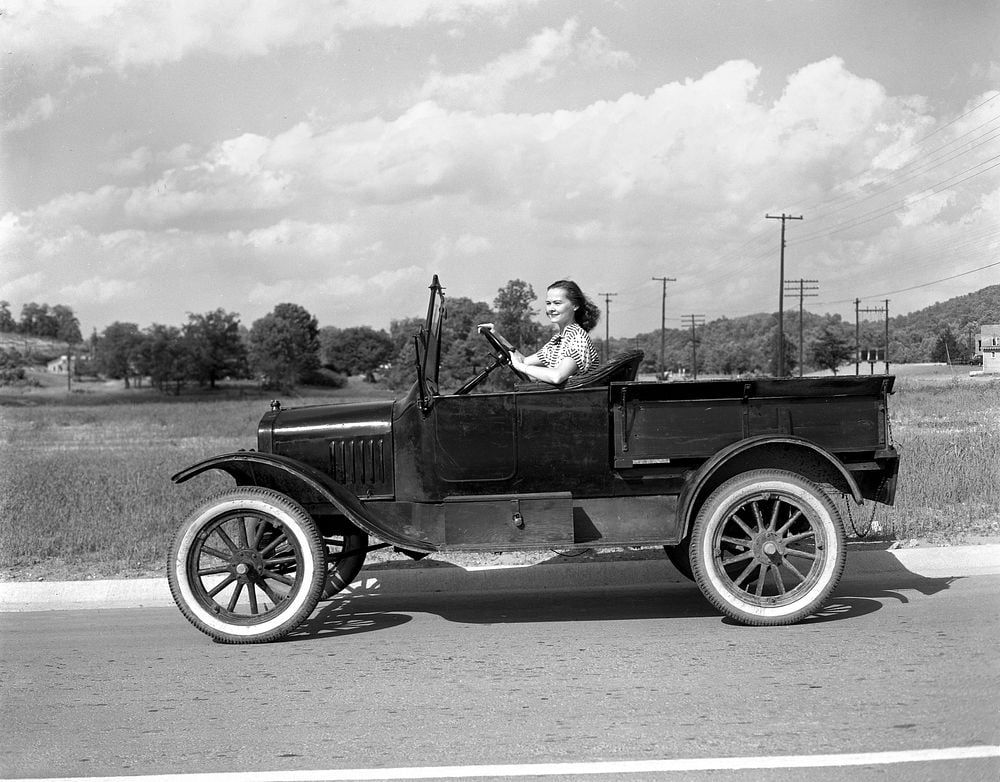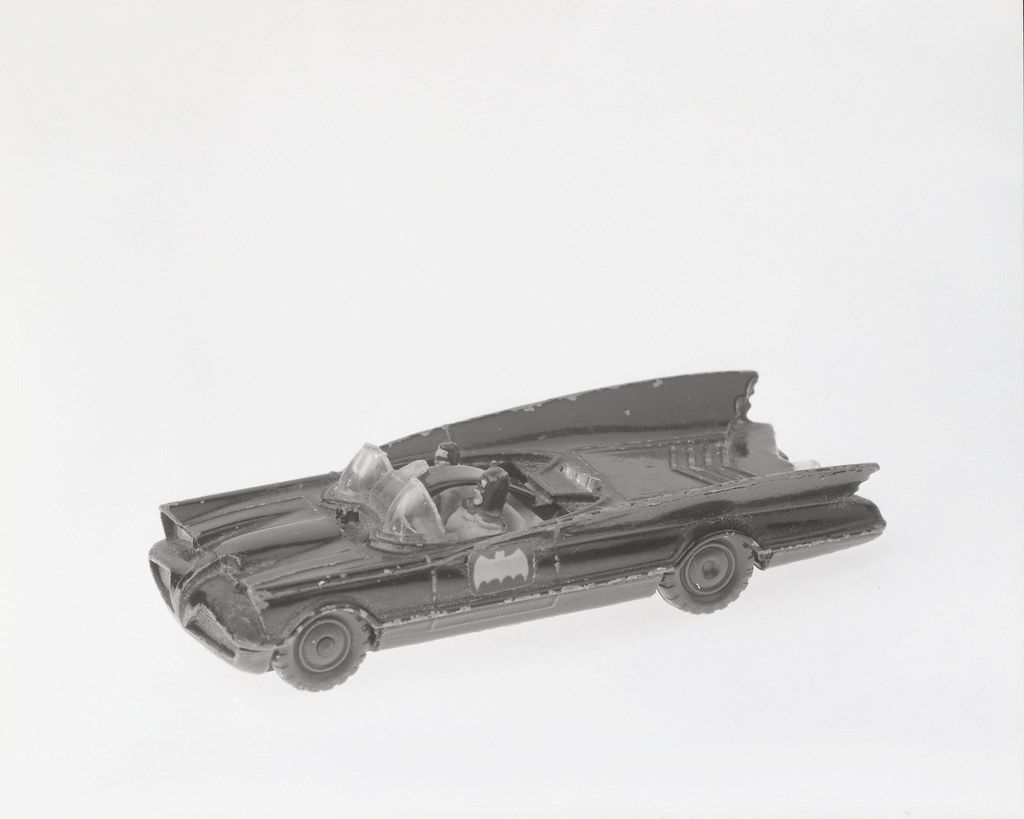
The automotive landscape is a fickle beast, isn’t it? One moment, a car is the darling of the road, turning heads and sparking conversations, a symbol of innovation or undeniable cool. We’ve all been there, dreaming of owning that sleek new model or that aggressively styled SUV that promises adventure and status. These vehicles capture our imaginations, represent a slice of the cultural zeitgeist, and for a fleeting period, define what’s desirable on four wheels.
But just as quickly as they rise to prominence, some vehicles take a precipitous tumble from grace. What once seemed revolutionary or incredibly chic soon becomes outdated, impractical, or even downright embarrassing. It’s a fascinating, sometimes brutal, cycle of automotive evolution and public perception. These are the cars that started strong, captured a moment, and then, for a myriad of reasons, just couldn’t maintain their allure, transitioning from “must-have” to “why did they ever make that?” status faster than you can say “trade-in value.”
Join us as we take a nostalgic, sometimes wincing, journey through the annals of recent automotive history. We’re about to explore 10 rides that went from cool to cringe, examining what made them shine initially, and more importantly, what factors contributed to their rapid fall from public affection. Get ready to remember some forgotten darlings and, perhaps, share a knowing chuckle about a few questionable choices.

1. **Hummer H2**The early 2000s were a wild time for automotive excess, and few vehicles embodied that spirit quite like the Hummer H2. This wasn’t just a car; it was a statement. Born from the military-grade H1, the H2 was General Motors’ attempt to bring that rugged, invincible, go-wherever-you-want image to the civilian market, albeit in a slightly more palatable, if still gargantuan, package. Its sheer size, aggressive stance, and imposing presence immediately commanded attention on the road, making owners feel like they were ready for any apocalypse or, at the very least, a trip to the mall.
At its debut, the H2 tapped into a cultural desire for toughness and adventure. Gas prices were considerably lower back then, so people didn’t mind getting eight miles per gallon. It was a status symbol that loudly declared, “I am powerful, I am unyielding, and I do not care about your parking space.” Owners reveled in sitting high above traffic, looking down at mere mortal sedans and compact SUVs, feeling a sense of undeniable command.
However, as the years rolled on and cultural sensibilities shifted, the H2’s shine began to dull. Its immense size, once a badge of honor, became a nightmare for urban parking and navigating tight spaces. The rise of environmental awareness and skyrocketing fuel costs painted the H2 not as tough, but as wasteful and impractical, a symbol of selfish excess rather than admirable strength. Its “tough-guy” image increasingly felt fake and try-hard, as most owners never took these behemoths off-road anyway, revealing the truck as more of a suburban accessory than a genuine adventure vehicle. What was once cool quickly became cringe-inducing, a stark reminder of a different era.
Read more about: 12 Cars That Went From “Wow” to “Yikes”—Cool to Cringe in No Time

2. **Mitsubishi Eclipse (4th Generation)**For a generation of car enthusiasts, the Mitsubishi Eclipse was synonymous with affordable performance and street-racing cool. The original Eclipse was a legitimate sports car that could actually go fast. Young people loved the sleek design and turbocharged engines that made them feel like street racers. They established the Eclipse nameplate as a legitimate contender in the compact sports car segment, famously appearing in iconic movies like “Fast and Furious,” which made the early Eclipse seem cool.
But then, something went awry with the 4th generation. Mitsubishi made a baffling design choice, deciding to turn it into a heavy, slow convertible that looked more like a luxury cruiser. They kept the Eclipse name but, as the context states, “threw away everything that made it special.” The very essence of what made the Eclipse cool – its sharp, performance-oriented edge – was dulled, leaving behind a vehicle that confused its loyal fanbase and failed to attract new admirers.
Fast and Furious movies made the early Eclipse seem cool, but the later versions were embarrassing. The result was a car that tried to be something it wasn’t, masquerading as sporty with styling that, as the context bluntly puts it, “fooled nobody.” Its performance was “terrible,” a far cry from the spirited acceleration and nimble handling of its predecessors. Driving one now makes people think you don’t know anything about cars. It serves as a potent reminder that sometimes, trying to evolve too much can lead to losing the very identity that made you beloved.

3. **Scion xB**When Toyota launched Scion, its mission was clear: attract young buyers with weird, boxy designs. The Scion xB was perhaps the purest manifestation of this strategy. With its unapologetically boxy design, it deliberately defied traditional automotive aesthetics, appealing to a segment of the market that wanted to stand out, to be “different and not caring about traditional car beauty.” Hip-hop artists and creative types were drawn to its unusual shape, seeing it as a canvas for customization and a statement against conformity.
The xB offered more than just quirky looks; it was incredibly practical. The spacious interior and cheap price made it popular with college students and urban dwellers. For a while, the xB was a symbol of urban cool, an icon for those who embraced individuality and rejected the blandness of mainstream sedans and SUVs. It was a fresh, audacious take on personal transportation, designed for a demographic that appreciated its functionality and its defiant aesthetic.
However, the very quality that made the xB initially cool – its intentional ugliness – proved to be its undoing. The problem was that being intentionally ugly gets old fast. Once the novelty wore off, people realized they were driving something that looked like a “refrigerator on wheels.” The brand eventually died because, as the context highlights, “normal people want cars that look good, not just different and attention-seeking.” The xB’s journey from a unique, youth-oriented statement to a faded, oddball relic underscores the delicate balance between distinctiveness and enduring appeal in automotive design.

4. **Cadillac Escalade EXT**In the early 2000s, Cadillac, a brand synonymous with American luxury, ventured into uncharted territory with the Escalade EXT. The concept was audacious: fuse the opulence of their flagship Escalade SUV with the practicality of a pickup truck. It was envisioned as the ultimate status symbol for wealthy buyers who needed to haul stuff in style. The bling factor was off the charts with chrome everywhere, making it an undeniable statement of wealth and extravagance.
Rich people loved the idea of having a truck that was as expensive and flashy as their SUV. It was a bold attempt to cater to a very specific niche—those who wanted the utility of a truck without sacrificing the lavish appointments and imposing presence of a Cadillac. The EXT was designed to turn heads, projecting an image of unbridled success and a willingness to indulge in the grandest automotive gestures, with its carpeted truck bed and tonneau cover supposed to protect expensive cargo.
But, like many attempts at automotive hybridization, the Escalade EXT proved to be a master of none. Looking back, it perfectly encapsulated “the peak of wasteful excess.” The truck bed, its supposed utility, was “almost useless,” too small and impractical for serious hauling, yet its presence compromised the SUV’s elegance. The fuel economy was “horrible,” further cementing its image as an extravagant indulgence. The whole thing screamed nouveau riche. Now it represents everything wrong with early 2000s car culture. The over-the-top luxury seems “tacky and desperate rather than impressive,” turning a once-aspirational symbol into a representation of questionable taste.

5. **BMW X6**BMW, a brand renowned for its “Ultimate Driving Machine” philosophy, took a controversial leap with the introduction of the X6. This vehicle essentially created a new segment: the coupe SUV category with this weird mashup. They took a regular X5 SUV and gave it a sloping roofline that was supposed to look sporty and elegant. The marketing focused on having “the best of both worlds – SUV capability with sports car style.” Wealthy buyers loved the exclusive, expensive image it projected.
At first glance, the X6 certainly stood out. Its unique silhouette was designed to be instantly recognizable and project an air of sporty sophistication, distinct from traditional SUVs. Buyers were enticed by the promise of a vehicle that offered the elevated driving position and AWD prowess of an SUV, coupled with a more dynamic and less utilitarian aesthetic, reflecting a desire for a luxury vehicle that was both versatile and visually engaging.
However, the “reality was much less impressive.” The X6’s radical design led to significant compromises in practicality. The “sloped roof made the back seat almost unusable and cargo space tiny,” undermining the very utility expected from an SUV. Furthermore, despite its sporty pretensions, it “drove like a heavy SUV, not a sports car,” failing to deliver on the promised dynamic performance. Now it looks like BMW was just trying to “create expensive solutions to problems that didn’t exist.” The whole concept seems pointless and pretentious, turning what started as a bold, exclusive statement into a head-scratching, impractical automotive oddity.

6. **Volkswagen New Beetle**When Volkswagen reintroduced their most famous car as the “New Beetle,” it was an ambitious attempt to bottle the magic of the original counter-culture icon for a modern generation. The New Beetle was supposed to capture the “fun, carefree spirit of the original hippie mobile,” blending retro charm with contemporary safety and reliability. Its cute, friendly design, complete with an available flower vase, struck a chord, particularly with young women and anyone looking to inject a dose of personality into their daily commute, standing out from “boring sedans and SUVs.” It was a vehicle that promised nostalgia and individuality in equal measure.
The initial buzz was immense. The New Beetle was more than just a car; it was a fashion statement, a feel-good machine that brought smiles and a sense of whimsical freedom. It seemed perfect for people who wanted to stand out from boring sedans and SUVs. It capitalized on a burgeoning retro trend, offering a unique blend of historical reverence and modern convenience.
Yet, the retro trend proved to be fleeting, and the New Beetle’s charm, unfortunately, had an expiration date. The retro trend didn’t last long, and the New Beetle started looking “dated and girly.” Men “avoided it completely,” and even women “moved on to other cars.” The “fake nostalgia felt forced,” and underneath its distinctive shell, the car was essentially “just a regular Golf.” Now it represents “trying too hard” to be cute and quirky instead of actually good, ultimately ending its long legacy in 2019.

7. **Pontiac Aztek**The Pontiac Aztek burst onto the scene in 2000, looking like General Motors’ audacious attempt to redefine the SUV for a new millennium. With its angular lines, prominent plastic cladding, and utterly distinct profile, GM thought they were being super modern and pushing the boundaries of automotive design. It was meant to be revolutionary, a statement against the mundane, something truly different from anything else on the road at the time.
However, the public’s reaction was swift and brutal. Instead of being seen as forward-thinking, the Aztek was universally lambasted for its confused identity—a bizarre mashup of SUV, minivan, and something resembling a moon rover. Critics and consumers alike found its “weird plastic panels and strange angles” to be too much to handle, creating something that “looked like a spaceship designed by someone who had never seen a spaceship.” Despite some genuinely innovative features, like an available built-in tent and camping gear, its looks alone sealed its fate.
From its debut, the Aztek became “the punchline to every automotive joke for a solid decade.” Its “chunky gray plastic cladding, lumpy proportions, and bizarre rear end” ensured it stood out, but not in the way GM had hoped. It was a vehicle that, despite its ambitious intent to be cool and modern, almost immediately landed in the realm of the cringe-worthy, struggling to find a clear purpose or an appreciative audience.

8. **Chrysler PT Cruiser**When Chrysler launched the PT Cruiser in 2000, it was an immediate head-turner, a bold nod to 1930s styling in a modern package. This retro-styled wagon was an instant hit, with people initially thinking it was “cute and different from all the boring cars on the road.” It perfectly tapped into a yearning for nostalgia, offering a quirky charm that resonated with a segment of the market tired of generic sedans and SUVs. For a fleeting moment, it was genuinely cool, a fun-loving vehicle for creative types.
Beyond its distinctive looks, the PT Cruiser offered a surprising amount of practicality. Its spacious interior, “lots of cargo space and removable seats,” made it a versatile option for families and individuals alike. Marketing efforts further cemented its image as “the perfect car for creative, fun-loving people,” promising individuality and flair on four wheels. It seemed like Chrysler had struck gold, blending vintage aesthetics with contemporary utility.
However, the honeymoon period was short-lived. The very novelty that made the PT Cruiser initially appealing began to wear thin, and what once seemed charming quickly started to feel annoying. People soon realized that underneath its unique costume, it was “just a regular economy car in a weird costume,” with a build quality that left much to be desired. The distinctive styling, once its greatest asset, became its biggest liability as public perception shifted.

9. **Chevrolet SSR**The Chevrolet SSR, unveiled in 2003, was a true automotive enigma – an ambitious and highly unusual concept that promised the best of many worlds. General Motors aimed to fuse the exhilarating fun of a sports car, the utility of a pickup truck, and the nostalgic appeal of classic 1950s hot rods, all wrapped up in a convertible package. “My vision was to create a modern interpretation of the early 1950s classic pickup,” stated former GM Design VP Wayne Cherry, highlighting the grand design aspirations behind this unique vehicle.
Marketing pitched the SSR as the ultimate lifestyle vehicle, “perfect for weekend adventures and showing off at car shows.” It hinted at a joyous blend of open-air cruising and light hauling capability, meant for those who wanted to stand out with a truly unconventional ride. Its retro-futuristic styling and convertible hardtop mechanism gave it an undeniable initial wow factor, suggesting a playful spirit and a willingness to defy conventional automotive categories.
Yet, the reality of the SSR proved to be a harsh contrast to its ambitious concept. It quickly became apparent that the vehicle was “terrible at being both a truck and a sports car.” Its supposed utility was compromised by a “tiny” truck bed that offered little practical space, while its performance, despite a V8 engine, was often described as “disappointing” for a vehicle with sports car pretensions. The styling, which aimed for retro-cool, often ended up looking “cartoonish” rather than classic.
Consequently, the Chevrolet SSR was “mocked mercilessly upon its 2003 debut,” as critics and consumers alike struggled to understand its purpose. It was widely seen as “an expensive toy that nobody actually needed or wanted,” resulting in low production numbers. What began as a bold, fun-loving idea quickly devolved into a symbol of design excess and functional compromises, cementing its place as a vehicle that went from a fascinating concept to an object of cringe faster than most.

10. **Nissan Cube**The Nissan Cube arrived in the American market as a quirky, deliberately unconventional import from Japan, reflecting Nissan’s belief that American buyers would embrace its distinctively weird design. With its “asymmetrical rear window and boxy shape,” the Cube was designed to be unapologetically different, a rolling statement against the bland uniformity of mainstream cars. It was specifically “supposed to appeal to creative, individualistic buyers who wanted something completely different” and stood out from the crowd.
Nissan’s marketing efforts highlighted the Cube’s unique character, promoting it as “transportation for people who thought outside the box, literally.” It aimed to foster a sense of community among those who appreciated its avant-garde aesthetic and functional, if unusual, form factor. The design was meant to be endearing, a playful take on urban mobility that prioritized personality over traditional automotive beauty, much like the Scion xB before it.
However, American buyers largely “rejected the bizarre styling and cramped interior” of the Nissan Cube. What was intended as charmingly quirky often came across as simply odd, failing to win over a broader audience. The vehicle “felt cheap and underpowered compared to normal alternatives,” further diminishing its appeal among those seeking more conventional comfort and performance in a compact car.
The Nissan Cube was perceived as a “failed experiment in making cars as weird as possible.” Its “intentionally ugly design” seemed more like a desperate plea for attention rather than a genuinely innovative or useful approach to car design. The Cube’s journey highlights the fine line between distinctiveness and alienation, proving that sometimes, being too far outside the box can lead directly to the cringe bin.




